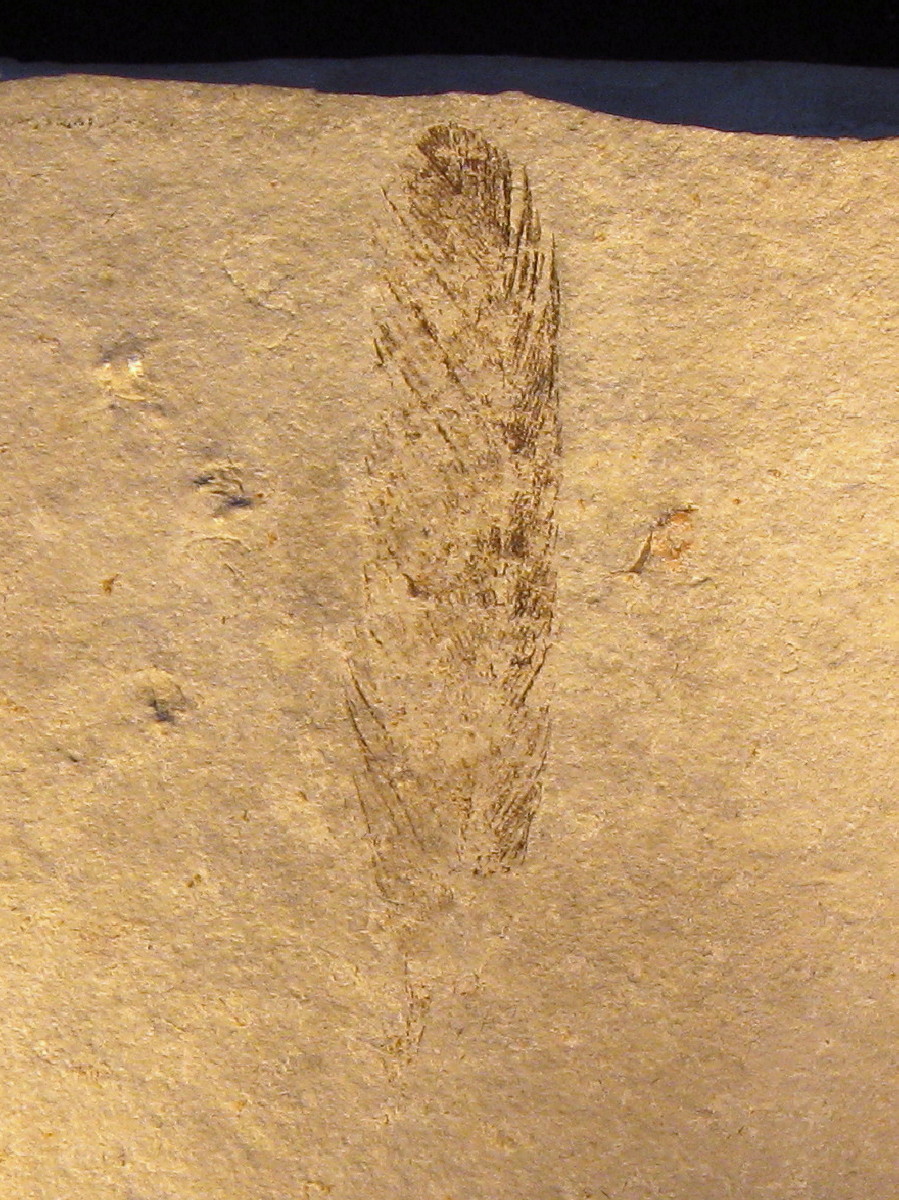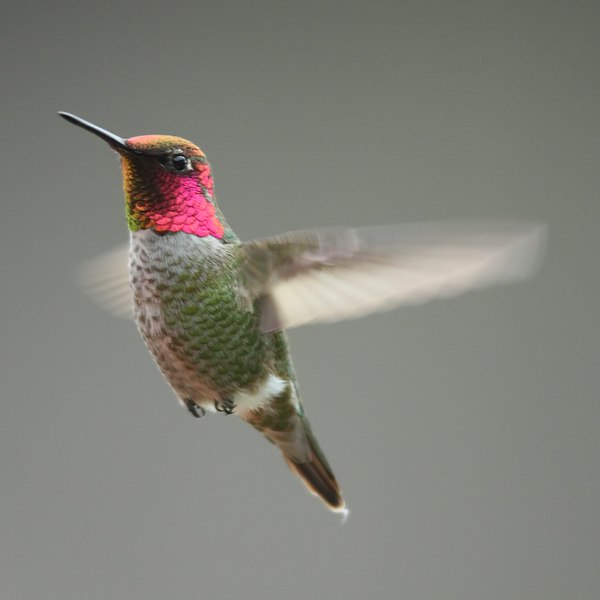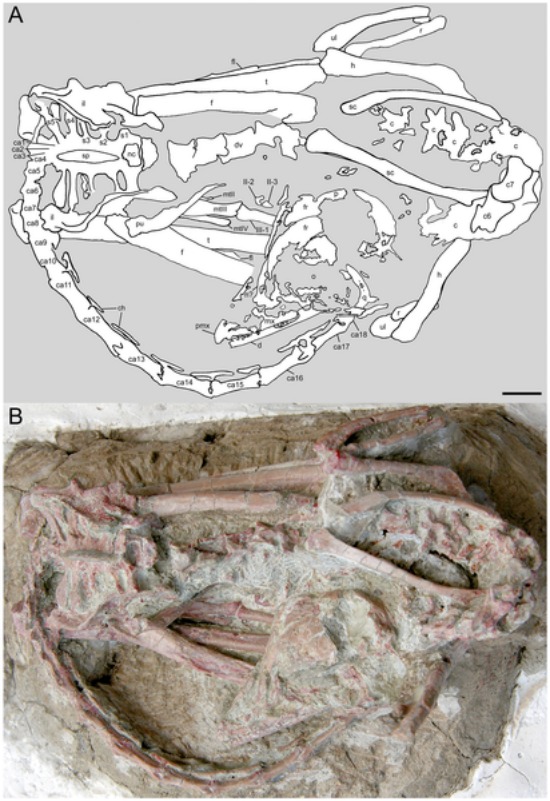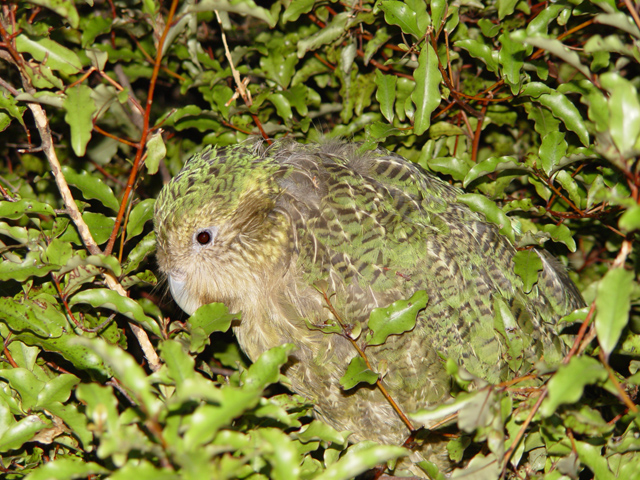My blogging hit a bit of a rough patch in 2012, particularly during its first two-thirds. I did not draw any new Raptormaniacs comics at all, the only post directly related to the comic being an April Fools' joke, so it was a major "filler" year. Most of my posts instead were reviews, particularly of the BBC documentary Earthflight, and in later months zoo trip posts. More of the latter soon to come. I also need to finish up my Earthflight reviews; it's been more than a year since the show's initial premiere... Funnily, May 2012 was my most prolific month ever on my DeviantArt. I suppose it makes sense that increased activity at one site would eat into efforts put into the other.
In addition, I celebrated World Sparrow Day in March and shared some of my old comic ideas. Despite some mysterious problems with the sidebar poll (which I'll partly attribute to Blogger glitches), poll results for last year have made it through and I'll be doing a post on them shortly.
As usual it was a good haul for new maniraptor studies. In January, the color of the original Archaeopteryx specimen (a lone feather) was revealed to be black. Study of how agamas use their tails while leaping suggested similar mechanics for dromaeosaurids. Photographic evidence of albatrosses cleaning ocean sunfish of parasites was published for the first time. An assemblage of dodo remains was also described.
 |
| The original Archaeopteryx feather, photographed by H. Raab, licensed. |
In February, two new specimens of the oviraptorosaur Nemegtomaia were described, one sitting on its nest. Budgerigars were shown capable of synchronizing body movements to rhythm. We also got new information on the bite of the Java finch and the revelation that the late Alex, an African gray parrot, could perform mathematical addition. A revision of the fragmentary Mesozoic avialan Liaoningornis showed that it was an enantiornithine. The first newly-named maniraptors of the year were published, at least among those that hadn't already been released online in 2011, including the fork-tailed Mesozoic euornithine Schizooura lii, the large Oligocene penguins Kairuku waitaki and Kairuku grebneffi, and the Oligocene piciform Picavus litencicensis.
 |
| Holotype of Schizooura lii, from Zhou et al., 2012. |
In March, evidence of the dromaeosaurid Velociraptor eating (scavenging?) azhdarchid pterosaurs was published. The feather colors of the dromaeosaurid Microraptor were analyzed, showing it to be iridescent black. The specimen used in this study also preserved previously unknown characteristics of this dinosaur, such as a pair of ribbon-shaped tail feathers at the center of its tail fan. The idea that birds may literally see the Earth's magnetic field was suggested. The dark facial stripe of masked shrikes was demonstrated to reduce glare and the blind spots of Old World vultures were shown to make them vulnerable to wind turbines. Newly-named maniraptors included the hesperornithines Brodavis mongoliensis, Brodavis americanus, Brodavis baileyi, and Brodavis varneri (the last a former species of Baptornis) and the Madeiran scops owl (Otus mauli), an extinct Quaternary owl.
 |
| Restoration of Microraptor incorporating new anatomical information (including color), from Li et al., 2012. |
In April, the enigmatic maniraptor Yixianosaurus was put into a phylogenetic analysis. Birds with pheomelanin were found to suffer more commonly from cataracts and a new study on the production of iridescence in ducks was published. Spotted bowerbirds were documented to cultivate bush tomatoes for use in courtship displays. Neural correlates of magnetic sense in pigeons were identified. Newly-named maniraptors included the Miocene tinamou Crypturellus reai and the troodont Philovenator curriei (formerly a juvenile of Saurornithoides).
 |
| Spotted bowerbird, photographed by Tom Tarrant, licensed. |
In May, colorful birds were found to evolve more quickly. A drowned nesting colony of enantiornithines was described. Birds were shown to have paedomorphic skulls. Long-term changes in the drinking habits of Adélie penguins and evidence of voice recognition in carrion crows were published. Functional studies also came out on the furculae of Mesozoic avialans and the neck of the phorusrhachid Andalgalornis. Newly-named maniraptors included the enantiornithine Xiangornis shenmi and the dromaeosaurids Yurgovuchia doellingi and Microraptor hanqingi (though some suspect M. hanqingi will turn out to be a synonym of one or more of the already-named Microraptor species).
 |
| Complete enantiornithine eggs (above) and eggshell fragments (below), from Dyke et al., 2012. |
In June, a description of the sound-making apparatus of club-winged manakins was published. The Mesozoic euornithine Chaoyangia was redescribed. Facial recognition was shown in pigeons and Gouldian finches were found to have different personalities based on head color. Coprolites of upland moa were used to infer their habits and habitat. Newly-named maniraptors included the pelagornithid Lutetodontopteryx tethyensis. June also marked the publication of the second edition of The Complete Dinosaur. Though I don't yet own a copy, I was happy to find out that it contains a chapter devoted to birds, including an extensive review of Cenozoic birds. While almost everyone (i.e.: professional paleontologists) accepts that birds are dinosaurs by now, inclusion of Cenozoic birds in the discussion of dinosaurs is still frequently lacking, so, please, more of this kind of thing.
 |
| Club-winged manakin, photographed by Michael Woodruff, licensed. |
In July, a paper detailed the adaptations hummingbirds have to cope with flying in the rain. The (lack of) seasonal variation in the energetics of rock ptarmigans and the preference among Lincoln's sparrows for songs sung in the cold were studied. Newly-named maniraptors included the Pliocene woodpecker Australopicus nelsonmandelai.
 |
| Anna's hummingbird, photographed by Alan Vernon, licensed. |
In August, a subadult specimen of the Mesozoic avialan Sapeornis was described, preserving wing feathers. The benefits of polymorphism for the common cuckoo and the brain of the Miocene penguin Paraptenodytes were studied. Inferential reasoning was found in African gray parrots and the genome of the medium ground finch was sequenced. The oldest known Australian anseriform fossil was also described. An extensive paravian phylogeny was published, with emphasis on reviewing dromaeosaurid taxa. Newly-named maniraptors included the possible therizinosaur Martharaptor greenriverensis and several extant birds, the Sira barbet (Capito fitzpatricki), Camiguin hawk owl (Ninox leventisi), and Cebu hawk owl (Ninox rumseyi).
 |
| New Sapeornis specimen, from Gao et al., 2012. |
In September, causal reasoning was found in New Caledonian crows. A new specimen of the troodont Mei was described, surprisingly also in a sleeping posture. Possible grieving behavior in western scrub jays was documented. Possible molecular mechanisms behind unique feather types found in Mesozoic maniraptors were suggested.
 |
| New Mei specimen, from Gao et al., 2012. |
In October, kakapo were found to be (former) pollinators of wood roses. New Caledonian crows were discovered to be physically well adapted for tool-using and Gouldian finches were shown to choose mates with their right eye. The tongue mechanisms of hummingbirds, ontogeny of enantiornithine sterna, and bite force of the therizinosaur Erlikosaurus were also studied. A Miocene flamingo twig nest was described and a large molecular study of modern birds was published. Newly-named maniraptors included the enantiornithine Shengjingornis yangi and the possible alvarezsaur Alnashetri cerropoliciensis.
 |
| Kakapo, photographed by Mnolf, licensed. |
In November, a Goffin's cockatoo was observed creating and using tools for the first time. Another posthumously published study on Alex the African gray parrot showed that he could infer the relationship between cardinal and ordinal numbers. Fairy wrens were found to teach their unhatched young vocal passwords to identify brood parasites. The evolution of vocal mimicry in parrots and size in herbivorous coelurosaurs (including maniraptors) were studied. Non-pygostylian paravians were revealed to have had more covert feather layers. Papers were also published on the migration habits of bar-headed geese and how pigeons learn new flight routes.
 |
| Goffin's cockatoo using stick as tool, from Auersperg et al., 2012. |
In December, a study about implications of claw curvature for the lifestyles of theropods (including maniraptors) was published. The brains of charadriiforms and therizinosaurs were both extensively studied. Evidence was found for theory of mind in Eurasian jays. Birdsong was discovered to stimulate birds similarly to how music stimulates humans. Last but not least, evidence was presented that Piksi, Eurolimnornis, and Palaeocursornis, long thought to be Mesozoic avialans, were actually pterosaurs. Matt Martyniuk's field guide to Mesozoic aviremigians came out as well, a boon for fans of Mesozoic birds. (My review of this book can be found here.)
 |
| Cover of Matt Martyniuk's new field guide. |
I apologize that my coverage of Cenozoic maniraptors is never as comprehensive as that of Mesozoic ones, and I wish that weren't the case. If only I knew a centralized resource where new studies on Cenozoic dinosaurs were shared in a timely manner, similar to how the Dinosaur Mailing List works for Mesozoic dinosaurs. I do advocate that the DML, being the Dinosaur Mailing List, is an appropriate outlet for spreading word on Cenozoic bird news as well (and some Cenozoic bird papers are indeed posted there now and then), but it's understandable that regular posters there don't follow the relevant journals as closely.
While not directly related to this blog, I must also mention that the 2013 Archosaur Calendar is out. This was a collaborative project by the paleontology-themed Hell Creek forum, organized by Tomozaurus, Ferahgo, and myself and featuring the artwork of many other notable online paleoartists.
 |
| Cover of Hell Creek's 2013 Archosaur Calendar featuring all included artworks, designed by myself and modified by Ferahgo/Emily Willoughby. |








It's not ideal, but the Cornell Lab of Ornithology blog is a pretty good source for ornithological news: http://www.birds.cornell.edu/roundrobin/
ReplyDelete